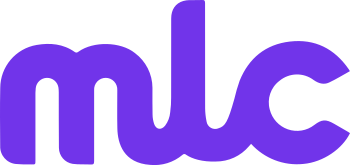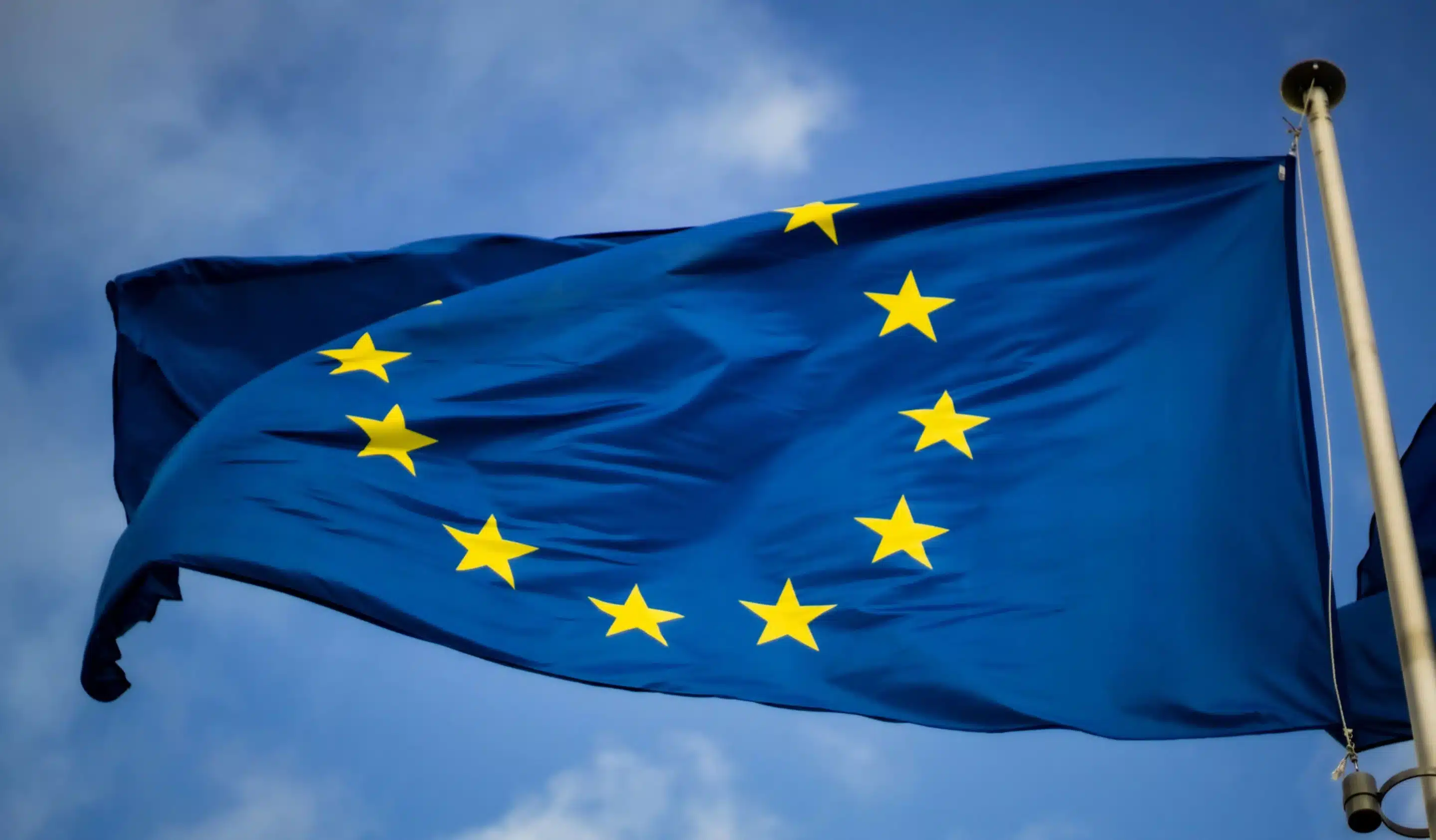The European Union Medical Device Regulation (EU MDR), which came into full effect on 26 May 2021, has significantly transformed the landscape for medical device manufacturers. This comprehensive regulatory framework demands rigorous standards to ensure the safety and performance of medical devices within the EU. One critical aspect of compliance under the EU MDR is the requirement for high-quality translations. Given the multilingual nature of the EU, accurate and clear translations are paramount to meet regulatory standards and achieve CE marking.
The Importance of Accurate Translations
Medical device manufacturers must provide extensive documentation to the European Medicines Agency (EMA) and other regulatory bodies across various member states. These documents include clinical evaluations, technical files, labeling, and instructions for use (IFU). Inaccurate translations can lead to misunderstandings, potentially compromising patient safety and delaying the approval process. Consequently, investing in professional translation services ensures that all regulatory documents are precisely translated, facilitating smoother market entry and compliance.
Compliance with EU MDR Requirements
The EU MDR sets stringent requirements for medical device companies to ensure that all documentation is available in the official languages of the EU member states where the device will be marketed. This includes:
Clinical Evaluations and Reports: Detailed clinical data must be presented in a manner that is understandable and accessible to regulatory authorities and healthcare professionals across different languages.
Technical Documentation: Comprehensive technical files must be accurately translated to meet regulatory scrutiny.
Labelling and Instructions for Use (IFU): These must be clear and comprehensible to end-users in their native language to ensure proper device usage and patient safety.
Meeting these translation requirements is crucial for obtaining CE marking, which signifies that a product complies with EU safety, health, and environmental requirements.
The Role of Professional Translation Services
Given the complexity and technical nature of medical device documentation, professional translation services specialising in the medical field are indispensable. Companies like My Language Connection offer tailored solutions to meet these regulatory demands. They provide:
Expert Translators: Professionals with in-depth knowledge of medical terminology and regulatory requirements.
Quality Assurance: Rigorous review processes to ensure accuracy and consistency across all documents.
Localisation Services: Adapting translations to meet cultural and linguistic nuances specific to each member state.
Streamlining the Approval Process
Utilising specialised translation services not only helps in meeting EU MDR requirements but also streamlines the approval process. Accurate translations can expedite the review and approval stages, reducing time-to-market and ensuring that medical devices reach healthcare providers and patients without unnecessary delays. Moreover, clear and precise translations contribute to better understanding and adherence to device instructions, enhancing overall patient safety and device efficacy.
Challenges and Solutions
One of the primary challenges in medical device translations under the EU MDR is maintaining the balance between technical accuracy and clarity. Medical devices often involve complex technical jargon that must be accurately translated without losing the intended meaning. Additionally, regulatory updates and changes require continuous monitoring to ensure ongoing compliance.
To address these challenges, medical device manufacturers should partner with translation services that offer:
Continuous Collaboration: Working closely with regulatory experts to stay abreast of changes in requirements.
Integrated Translation Management Systems: Utilising advanced technology to manage and update translations efficiently.
Multilingual Expertise: Ensuring that translations are performed by native speakers with expertise in medical terminology.
Conclusion
The EU MDR has raised the bar for medical device manufacturers, emphasising the need for precise and compliant documentation across multiple languages. Professional translation services play a critical role in navigating these regulatory waters, ensuring that all required documents are accurately translated to meet the stringent standards set by the EU MDR. By investing in high-quality translations, medical device companies can achieve smoother market entry, secure CE marking, and, ultimately, contribute to enhanced patient safety and device performance across the European Union.
For more information about specialised translation services for medical devices, visit My Language Connection Ltd.

